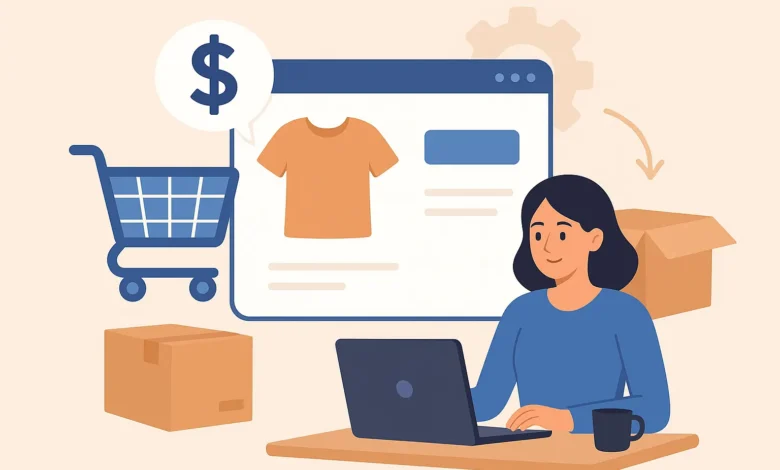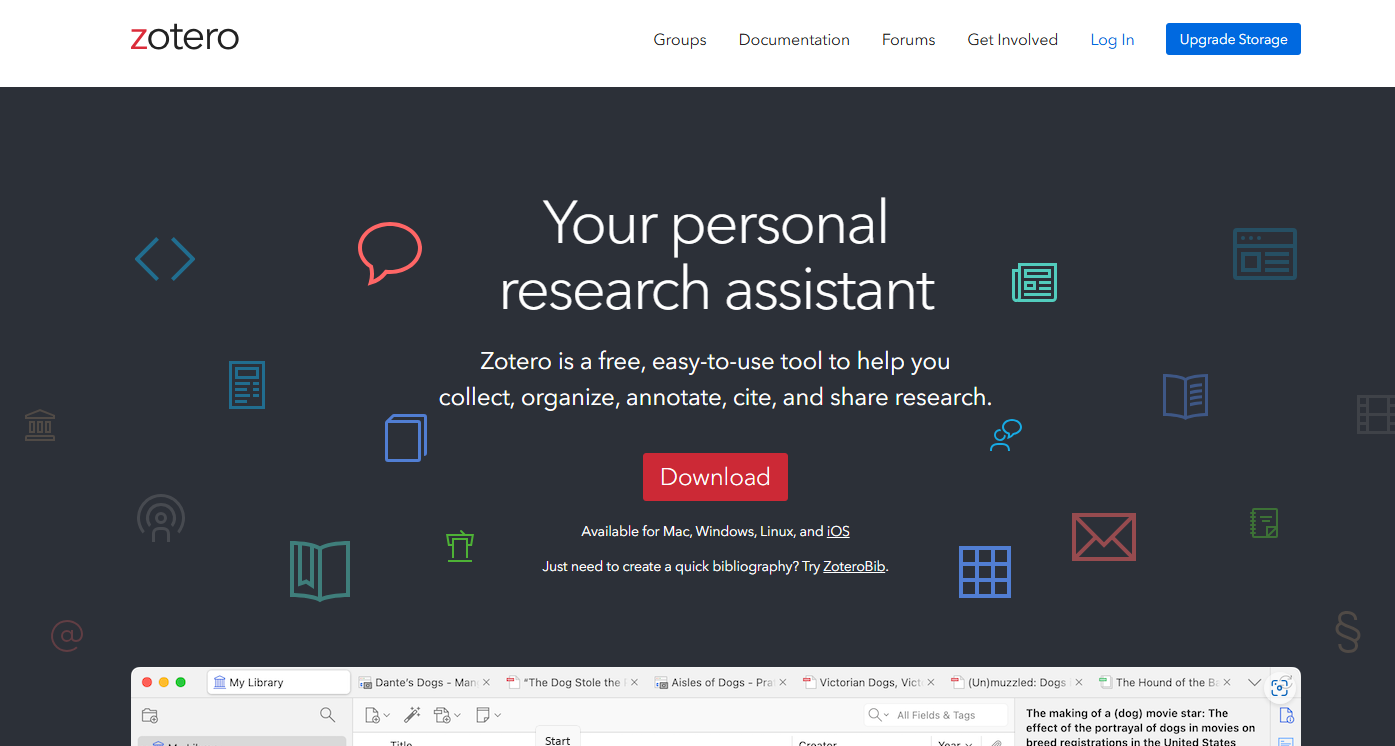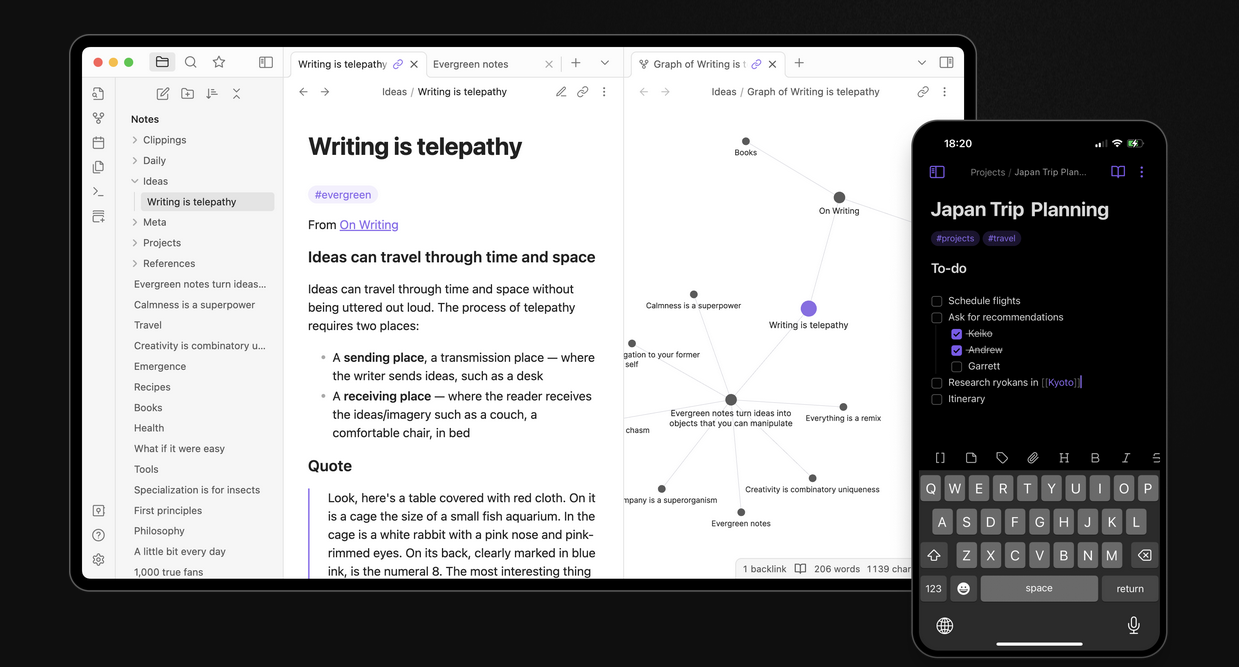How to Sell Products Online Without Holding Any Inventory

Table of Contents
When it comes to ecommerce fulfillment, choosing the right partner can make or break your business. You want a company with a proven track record and the right services for your unique needs.
To avoid upfront expenses, choose an automated eCommerce model that doesn’t require inventory. This includes Print on Demand and dropshipping.
Dropshipping
Dropshipping is a popular model for selling online without any upfront product purchases or inventory management. It is a great option for entrepreneurs who want to test new products, or for those who are unable to afford the high costs of traditional retail and ecommerce models. Moreover, it allows you to scale up your business without incurring any financial obligations.
Beginner dropshipping tips include choosing niches with a low barrier to entry, researching competitors, and finding reliable suppliers. You should also consider whether you’re comfortable with thinner profit margins and less control over shipping and customer experience. Additionally, it’s a good idea to get a separate bank account for your dropshipping business. This will help simplify accounting and ensure financial transparency.
Another tip for beginner dropshippers is to choose a supplier that sells white-label products, which are plain products that can be customized with your own logo and brand name. However, you must make sure that the supplier’s quality standards are high and that they provide competitive pricing and fast shipping.
To avoid legal issues, you should always read the supplier’s return and refund policies. Some suppliers may sell counterfeit or damaged products, which could land you in big trouble. If the products you’re selling have trademarked brands, you might face copyright violations, which could lead to a hefty fine.
Print-on-demand
Print-on-demand is a business model in which custom products, such as t-shirts and mugs, are printed only when someone orders them. It eliminates upfront costs and storage requirements, and can increase profit margins. It also allows businesses to experiment with designs without risk. It is a great option for new entrepreneurs who want to test the waters before investing in traditional wholesale or retail models.
Beginner Tips
When starting a store, choose the right product for your audience. Start by researching popular and niche products and determining how you can differentiate yourself from competitors. Then, research e-commerce platforms and marketplaces that support your products. Lastly, create an online presence by building a website and listing your products. You can use drag-and-drop site builders or hire a web designer to build a beautiful, customized site.
Pros and Cons of Print-on-demand
Print-on-demand is a great way to earn passive income online, but it’s not free. You may still need to pay for your ecommerce platform, hosting, and marketing. Additionally, your print provider will likely take a commission or percentage of each sale. Additionally, shipping times can be long, and you might need to offer a refund or exchange policy. To reduce these challenges, make sure you account for printing times in your shipping estimates. You can also provide sample items to customers to help them visualize their product.
Affiliate marketing
Affiliate marketing can be a great way to earn passive income. However, it requires a strong commitment to your niche and an understanding of your audience. It also requires a well-planned content strategy and effective search engine optimization (SEO) marketing. Salesforce Marketing Cloud can help you segment your audience and learn more about their needs, enabling you to create customized content that builds trust and drives traffic.
To get started, focus on creating helpful and educational content that will resonate with your audience. Avoid promoting products that don’t align with your brand and avoid spamming your audience with sales pitches. Instead, include your affiliate links only when they are relevant. For example, fashion bloggers can feature affiliate pieces in styling tutorials, and fitness creators can wear and use affiliate gear while demonstrating workouts. You can also use URL shorteners and link-in-bio tools to create cleaner, more user-friendly links for your audience.
Another important tip is to make sure your website is mobile-friendly and easy to navigate. Many people shop on their smartphones, so you need to provide a good mobile experience. This means avoiding pop-ups, large, unreadable text, and slow load times. Additionally, it’s important to stay up-to-date on consumer privacy concerns. Several recent studies have shown that consumers are more concerned about data privacy and are less likely to buy from companies that don’t take their privacy seriously.
Third-party fulfillment
The right eCommerce business model can help you earn passive income without investing in inventory or dealing with the hassles of warehousing and shipping. However, starting an online business isn’t easy, and there are many factors to consider before choosing the best model for your goals and resources. Here are some beginner tips for selling products without inventory:
First, choose a product niche that matches your interests and expertise. This will help you build a website and market your products effectively. Then, research suppliers to find the best options for your product and audience. Consider factors like price, shipping costs, and return policies. Lastly, invest in marketing to attract traffic and increase your sales.
A third-party fulfillment (3PL) service offers a streamlined approach to ecommerce fulfillment, including warehousing, processing orders, picking/packing, and shipping. They can help you avoid costly mistakes and scale your operations without running out of space. They also handle returns and customer service.
For example, Fulfillment by Amazon (FBA) simplifies selling for independent merchants by handling storage and shipping through its global network of fulfillment centers. However, you must follow the inventory and packaging guidelines of the company to enable automated fulfillment. Moreover, you may need to pay for a storage fee if your product is slow-moving. Therefore, it is important to know how to choose the right 3PL or FBA partner.



